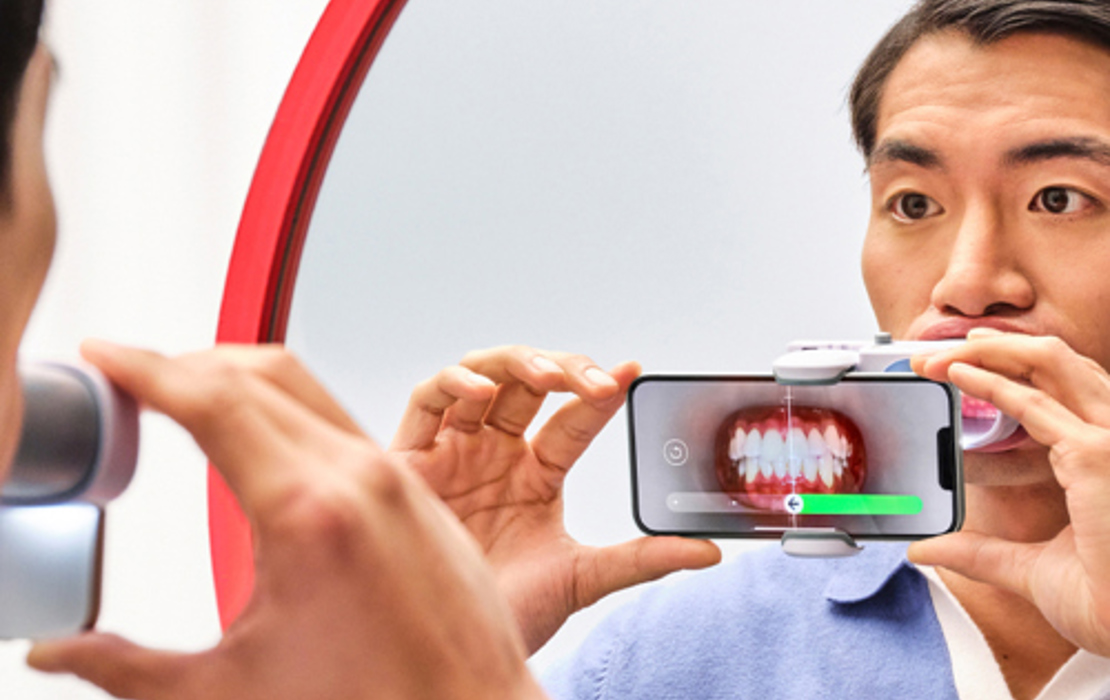What is your favorite dental technology?
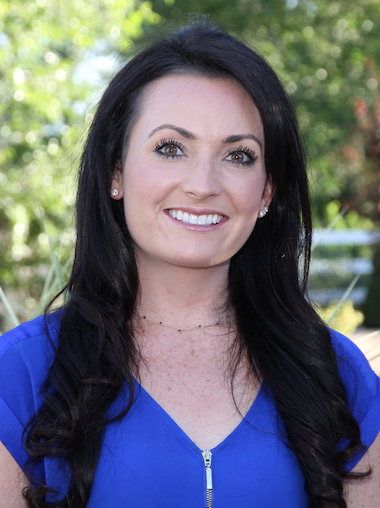


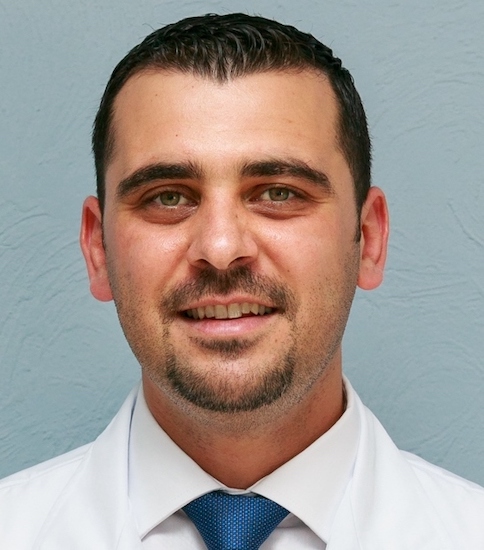


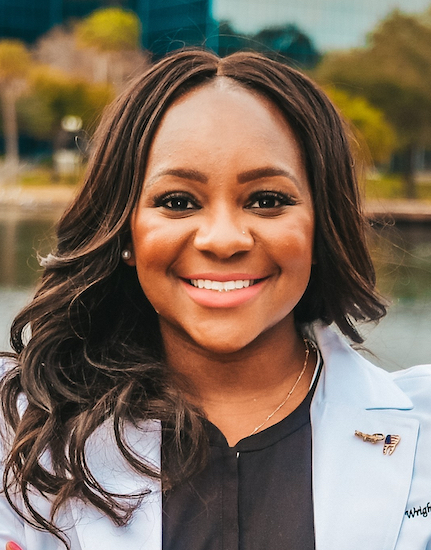

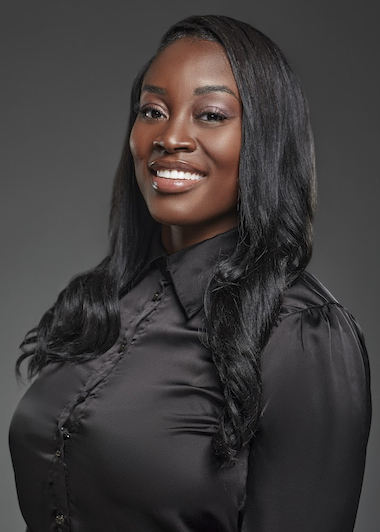
Dentists are surrounded by so many new technologies that promise to make their work more efficient than it was in the past.
There are a number of examples, such as digital scanning, 3D printing, digital smile design, instant milling machines and curing lights, just to start.
The New Dentist News asked nine new dentists what their favorite dental technology is and how it enhances their practice of dentistry.
Kellie McGinley, D.D.S., Reno, Nevada
Soft tissue laser is my favorite. It is portable for when I have to go to the hospital for cases out of the office, multiple procedures for dental soft tissue release, whitening, photobiomodulation therapy and dental hygiene practices. It is easy to use and not too expensive compared to larger lasers.
Howard Kim, D.D.S., Los Angeles
Being able to digitally scan mouths and preparations with intraoral cameras and mill crowns in one day has increased patient satisfaction because they do not need to come back to deliver the crown. Dentistry has come a long way, and I look forward to integrating future innovations into my dental practice.
Kara Kramer, D.M.D., Atlanta
Cone-beam computed tomography. I can see and diagnose so much more with the imaging. I also use artificial intelligence for marketing materials and ideas for social media content. I am looking forward to integrating more AI into diagnostic tools like radiographs as an adjunct in the future.
Muhalab Al Sammarraie, D.D.S., El Cajon, California
Intraoral cameras are a useful patient education tool, not only for diagnosing but also for getting patients to visualize what we're talking about in high definition. The patient's reactions when they actually see caries, stains or plaque allow them to become more engaged with their dental treatment and care after they see their oral cavity closely. It’s rewarding for me every day.
Alex Mellion, D.M.D., Akron, Ohio
An orthodontic remote monitoring software and capture device. It is an app that allows us to monitor all of our patients weekly to track progress, fit and compliance. Patients utilizing this technology now receive better care and faster treatment as any issues or delays in treatment are spotted immediately.
Kayla Klingensmith, D.M.D., Manheim, Pennsylvania
Though I have a lot of favorites, the one that I think I get the most from for patient education is the intraoral camera. I have patients who have never seen their teeth before and the number of times patients look at the picture and say, "We gotta do something about this."
ArNelle R. Wright, D.M.D., Orlando, Florida
Cone-beam computed tomography. I recently began placing implants, and the use of it allows me to plan for placement of the implant properly and for patient safety. Additionally, I use it to evaluate bone height and width availability, distance away from vital structures, to plan for implant size — diameter and width — and to evaluate for healing post-operatively.
Jennifer Keegan, D.M.D., Tinker Air Force Base, Oklahoma
One piece of technology that I use and love are isolation systems. I love this technology because it provides great isolation and is comfortable for the majority of my patients. It allows me to work more efficiently by not having to spend as much time isolating with a rubber dam. In addition, it allows for my assistant to complete other tasks since the isolite does the majority of the suctioning.
Emma Guzman, D.D.S., New York City
I love to use the intraoral camera. In practice, we use it at every new patient exam to assist with diagnosis and with patient demonstration. It is a great tool to show them exactly what is going on versus trying to explain it in a radiograph. This helps with explaining rationale for treatment to patients and can assist with insurance purposes and claims. There are so many ways to use the intraoral camera, and it absolutely changes the way we practice.


